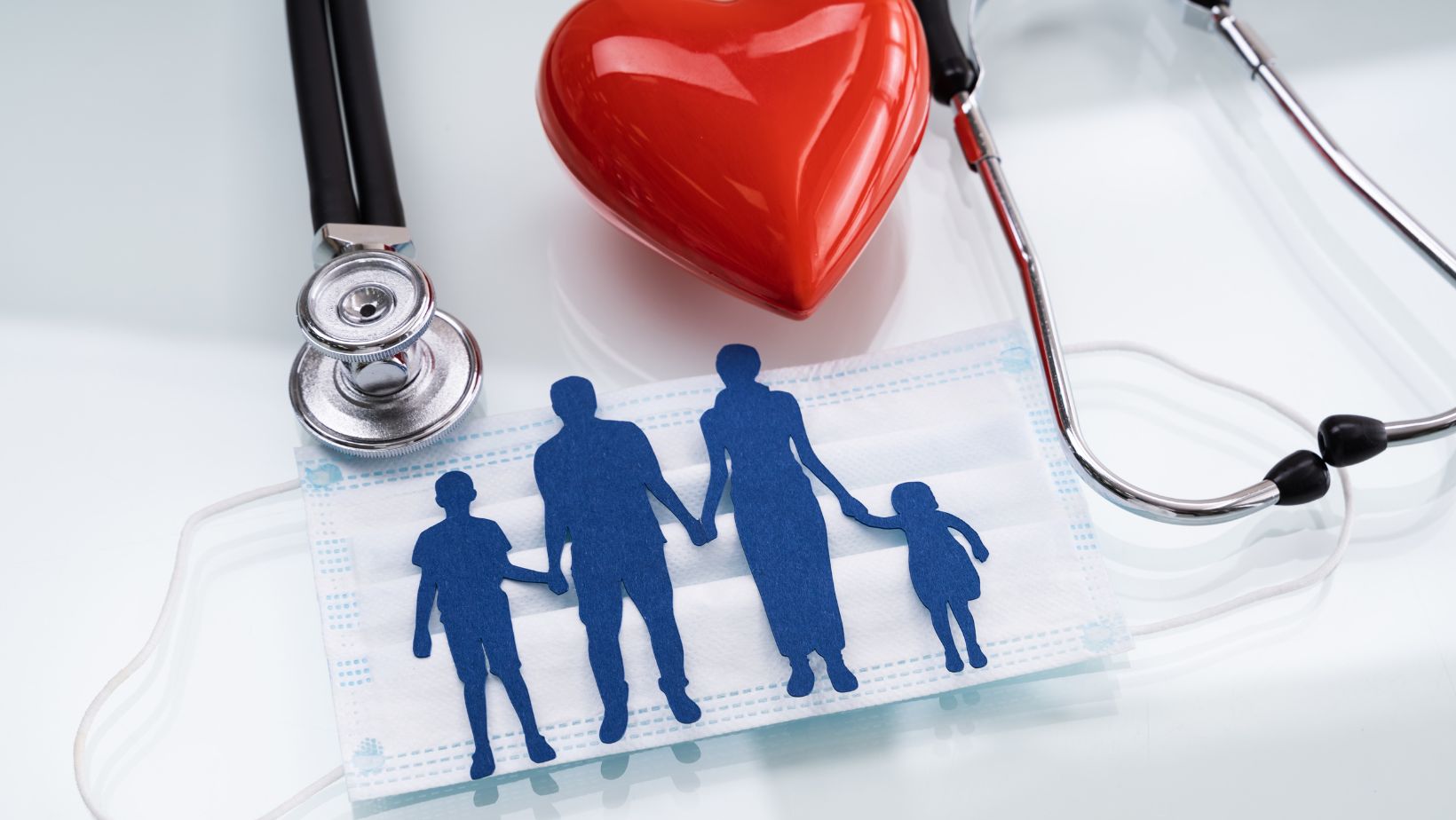Rent a car Dubai without deposit may seem like a travel-related decision, but at its core, it points to something fundamental: the importance of movement. Whether we are crossing a city, walking around the block, or simply stretching our legs at home, mobility plays a critical role in maintaining physical health — especially as we age.
Healthy movement isn’t only about exercise. It’s about circulation, joint lubrication, muscle activation, and supporting the body’s natural rhythms. When mobility declines, nearly every system in the body begins to feel the impact.
The Body Is Designed for Motion
From the moment we wake up, our bodies rely on movement to function properly. Even small, low-impact motions help:
- Improve blood flow to the legs
- Reduce swelling in feet and ankles
- Activate muscles that support balance
- Lubricate joints for smoother movement
- Prevent stiffness and discomfort
This is why long periods of sitting — whether at work, during travel, or at home — can lead to numbness, poor circulation, and long-term mobility issues.
Why Circulation Is Essential for Leg Health
Good circulation is one of the most overlooked pillars of wellness. When blood flow slows, the legs experience fatigue, heaviness, and swelling. Over time, poor circulation may contribute to varicose veins, muscle cramping, and reduced mobility.
Simple consistent movements help the lower body pump blood back toward the heart. This is why even micro-exercises — ankle rotations, heel raises, or light leg stretches — are incredibly effective.
Devices designed to stimulate leg movement can also support circulation, especially for individuals with limited mobility or sedentary routines.
Joint Longevity Depends on Daily Activity
Joints don’t have their own blood supply — they rely on motion to deliver nutrients and remove waste products. Every time we bend, stretch, or shift positions, we’re nourishing the joints.
Without enough movement, cartilage becomes stressed, stiffness sets in, and flexibility declines. The good news: you don’t need intense workouts to protect your joints. Consistency is far more important than intensity.
Small Movements Create Big Results
For those who sit often — office workers, drivers, seniors, or anyone recovering from an injury — incorporating small, repetitive leg movements can significantly improve comfort and mobility.
Benefits include:
- Less swelling and stiffness
- Improved lymphatic flow
- Better balance and posture
- Reduced leg fatigue
- Increased long-term mobility

It’s the accumulation of small, daily efforts that keeps the lower body strong and energized.
Movement Supports Mental Well-Being
Physical motion also influences cognitive and emotional health. Even light activity boosts circulation to the brain, releases endorphins, and supports stress relief. People often report clearer thinking, better mood, and higher energy levels after incorporating more movement into their day.
Practical Ways to Add More Movement
You don’t need a gym membership or intense workouts. Here are simple ways to protect your leg health:
- Take short standing breaks every 30–45 minutes
- Flex and point your toes to activate calves
- Do seated marches or gentle knee lifts
- Use leg-movement devices to promote circulation
- Take short walks whenever possible
- Stretch calves, hamstrings, and hips daily
The key is consistency — not perfection.
Conclusion
Movement is one of the most accessible health tools we have. Whether we travel, work, or relax at home, staying active supports circulation, joint health, muscle strength, and emotional well-being. Even the smallest steps make a measurable difference. By treating mobility as a daily practice, we protect our long-term vitality and quality of life.

